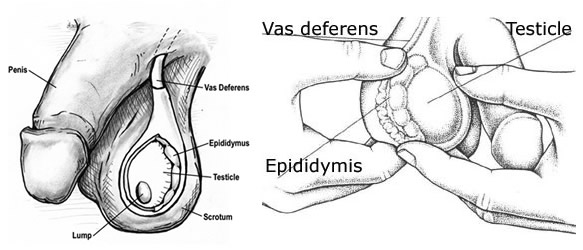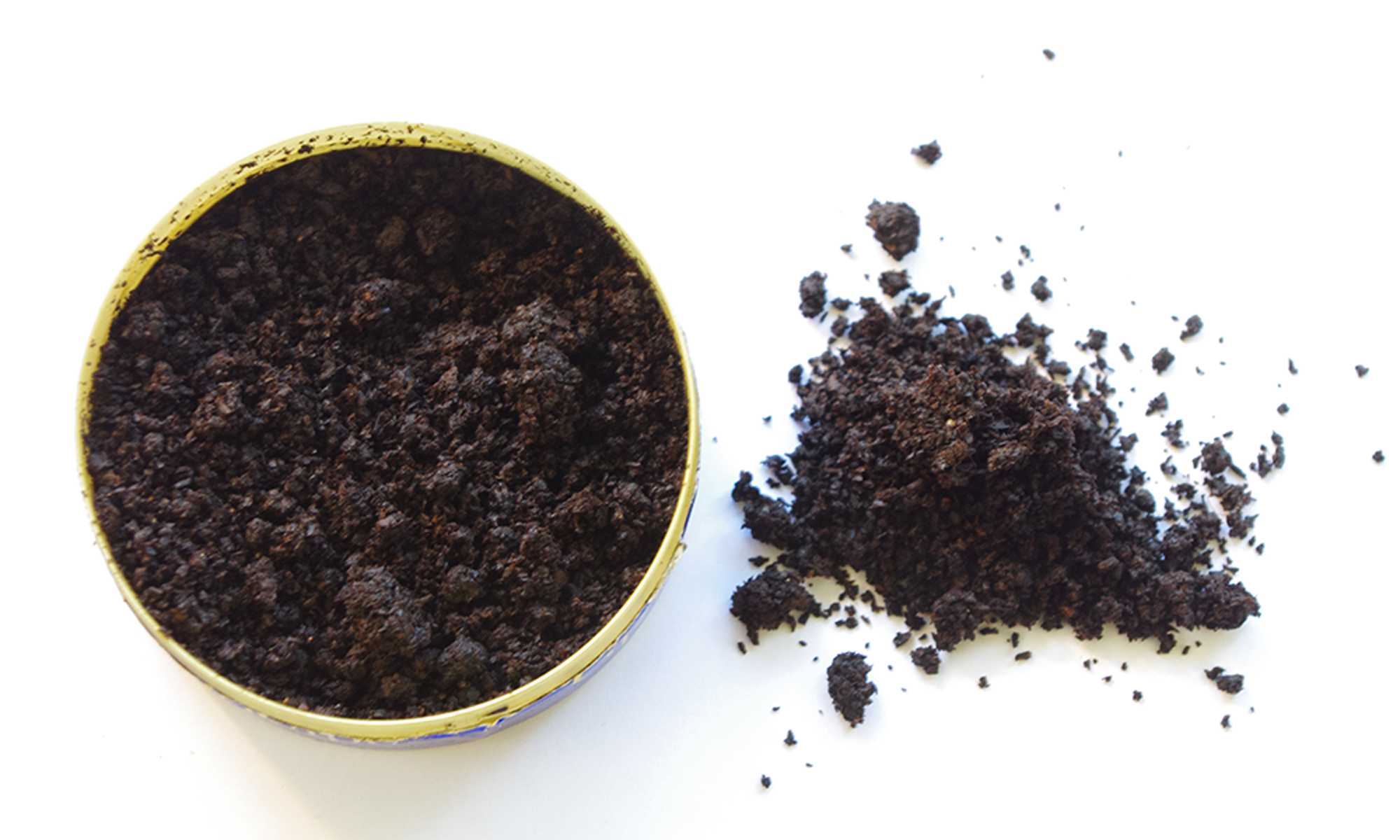Testicular Cancer
Most testicular cancers are found by men themselves. Also, doctors generally examine the testicles during routine physical exams. Between regular checkups, if a man finds anything unusual about his testicles, he should talk with his doctor.
Symptoms
These symptoms can be caused by cancer or by other conditions. It is important to see a doctor to determine the cause of any of these symptoms.
- A painless lump or swelling in a testicle
- Pain or discomfort in a testicle or in the scrotum
- Any enlargement of a testicle or in the scrotum
- Any enlargement of a testicle or change in the way it feels
- A feeling of heaviness in the scrotum
- A dull ach in the lower abdomen, back or groin
- A sudden collection of fluid in the scrotum
Stages of Testicular Cancer
Stage 0 (Carcinoma in Situ): Abnormal cells are found in the tiny tubules where the sperm cells begin to develop. These abnormal cells may become cancer and spread to nearby tissue. All tumor marker levels are normal.
Stage 1: Cancer has formed. Cancer can be in the testicle and epididymis and may have spread to the inner layer of the membrane surrounding the testicle and blood vessels.
Stage 2: Cancer is anywhere within the testicles, spermaticcord or scrotum and has spread to up to 5 lymph nodes in the abdomen no larger than 2-5 centimeters.
Stage 3: Cancer may have spread to one or more lymph nodes in the abdomen and has spread to distant lymph nodes or to the lungs.
Stages of Testicular Cancer
Stage 0 (Carcinoma in Situ)
Stage 1
Stage 2
Stage 3
How to Do A Testicular Self-Exam
Some doctors recommend testicular self-exams be performed every month after puberty.



